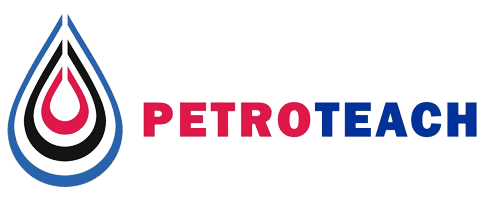GEO 119
Introduction to Principles of Geomodelling Practice
PetroTeach offers 5 days course on practical aspects of geomodelling combined with data analysis. The course contains of many exercises which are designed to reinforce the theory and lecture through hands-on learning.



